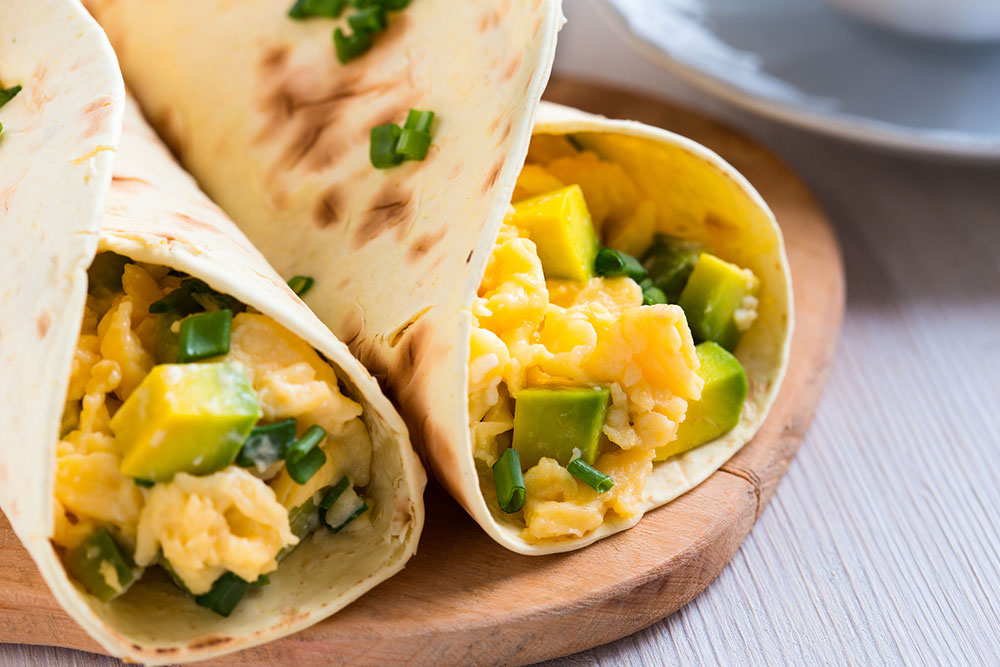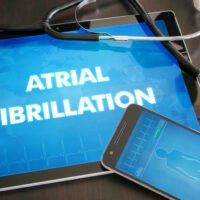33 breakfast ideas for a healthy start to the day

A nutritious breakfast fuels the body and kickstarts the metabolism, setting the tone for an energetic, productive day. With a wide array of healthy options, breakfast does not have to be boring. Today, one can choose from a variety of nutrient-rich breakfast options that are also easy to whip up. Whether one prefers quick meals or elaborate spreads, here are the top breakfast ideas for all kinds of food preferences:
1. Avocado and egg breakfast tacos
Soft corn tortillas filled with mashed avocado and a perfectly poached egg can be a balanced and protein-rich start to the day.
2. Greek yogurt and berry parfait
In a jar or bowl, one can top creamy Greek yogurt with fresh berries, honey, and crunchy granola for a delightful, protein-packed breakfast.
3. Spinach and mushroom omelet
To make a fluffy, delicious omelet, one can whip some eggs and add sautéed spinach, mushrooms, and a sprinkle of low-fat cheese. This can be a nutritious, savory morning meal.
4. Chia seed and almond butter pudding
One can combine chia seeds, almond milk, and a dollop of almond butter for a fiber-rich, creamy pudding packed with healthy fats and protein.
5. Banana oat pancakes
To make this delicious breakfast, one should mash ripe bananas into an oat-based batter. Then, one can pour this batter on a pan or griddle and make pancakes for a gluten-free, healthy breakfast.
6. Quinoa breakfast bowl with berries
Cooking quinoa in almond milk and then topping it with fresh berries, nuts, and a drizzle of honey gives one a protein-packed, gluten-free delight.
7. Smoked salmon and avocado bagel
One can elevate a classic bagel by adding creamy avocado, smoked salmon, and a sprinkle of capers for a protein-rich and omega-3-packed breakfast.
8. Blueberry almond butter overnight oats
Combining rolled oats, almond butter, blueberries, and almond milk is a convenient, no-cook breakfast. The recipe is rich in fiber and healthy fats.
9. Sweet potato and black bean breakfast burrito
A whole-grain tortilla should be stuffed with roasted sweet potatoes, black beans, scrambled eggs, and avocado for a hearty and nutritious breakfast.
10. Cottage cheese and pineapple bowl
All one has to do here is pair cottage cheese with fresh pineapple chunks for a protein-rich, vitamin C-packed breakfast that is both creamy and refreshing.
11. Almond flour waffles with berries
These gluten-free waffles are made with almond flour and topped with fresh berries and a drizzle of pure maple syrup.
12. Peanut butter banana smoothie bowl
This recipe calls for blending peanut butter, banana, Greek yogurt, and almond milk for a creamy and protein-rich smoothie bowl that is perfect for busy mornings.
13. Vegan breakfast tacos
Corn tortillas can be filled with tofu scramble, black beans, avocado, and salsa for a plant-based healthy breakfast option.
14. Egg white frittata with spinach and tomato
Here, one can whisk egg whites with spinach, tomato, and a sprinkle of feta cheese, then bake for a low-calorie, protein-rich breakfast.
15. Sesame ginger tofu scramble
One can sauté tofu with a savory sesame ginger sauce, bell peppers, and broccoli for a flavorful, plant-based breakfast option.
16. Baked sweet potato with almond butter and cinnamon
A baked sweet potato can be topped with almond butter and a sprinkle of cinnamon for a filling and nutrient-dense breakfast option.
17. Pesto and tomato breakfast wrap
This recipe calls for spreading pesto on a whole-grain tortilla, adding sliced tomatoes, and topping it with scrambled eggs for a flavorful and satisfying breakfast wrap.
18. Mango coconut chia pudding
Chia seeds can be combined with coconut milk and fresh mango for a tropical-flavored pudding that is rich in fiber and healthy fats.
19. Veggie and cheese breakfast burrito
One can fill a whole-grain tortilla with sautéed veggies and shredded cheese, then cook until golden for this recipe.
20. Oatmeal with almond butter and berries
Stirring in a spoonful of almond butter and adding fresh berries can transform plain oatmeal into a creamy, nutrient-dense breakfast.
21. Apple cinnamon overnight French toast
One can make a batch of overnight French toast with whole-grain bread, apples, cinnamon, and a touch of maple syrup. The bread should be allowed to soak overnight to enhance the flavor.
22. Pineapple and coconut Greek yogurt bowl
Pineapple chunks can be mixed with creamy Greek yogurt, shredded coconut, and a sprinkle of chia seeds for a tropical-inspired, protein-packed breakfast.
23. Egg and avocado breakfast sandwich
One can layer a poached egg and sliced avocado between whole-grain bread for a wholesome breakfast sandwich packed with nutrients.
24. Protein-packed breakfast burrito
A whole-grain tortilla filled with scrambled eggs, salsa, beans, and cheese can be a high-protein breakfast that will keep one full all morning.
25. Avocado toast with poached egg and tomato
Topping whole-grain toast with mashed avocado, a perfectly poached egg, and sliced tomato gives one a balanced breakfast.
26. Mushroom and spinach breakfast quesadilla
One can layer sautéed mushrooms, spinach, and shredded cheese between whole-grain tortillas and cook until golden brown for a savory breakfast delight.
27. Coconut mango smoothie bowl
Coconut milk, mango, and banana blended together and topped with shredded coconut, chia seeds, and sliced almonds is the perfect tropical. nutritious breakfast option.
28. Egg and bacon breakfast muffins
Scrambled eggs combined with crispy bacon and shredded cheese, baked in muffin tins, are a great protein-packed, grab-and-go breakfast option. One can also add veggies instead of bacon.
29. Vegan breakfast burrito bowl
A bowl of cooked quinoa, black beans, avocado, and salsa can be a protein-rich and plant-based meal that is both filling and flavorful.
30. Savory breakfast quinoa
Cooking quinoa with vegetable broth, sautéed mushrooms, spinach, and a sprinkle of Parmesan cheese can give one a savory, protein-rich morning meal.
31. Chocolate banana protein smoothie
Here, chocolate protein powder can be blended with banana, almond milk, and a spoonful of peanut butter. This gives one a satisfying and protein-packed smoothie.
32. Sesame orange tofu and brown rice bowl
Sautéd tofu in a sesame orange sauce and served over cooked brown rice is a delicious, protein-rich breakfast bowl worth considering.
33. Peanut butter and jelly overnight oats
Mixed rolled oats, milk of choice, peanut butter, and a dollop of fruit preserves can be a nostalgic and protein-rich no-cook breakfast.





